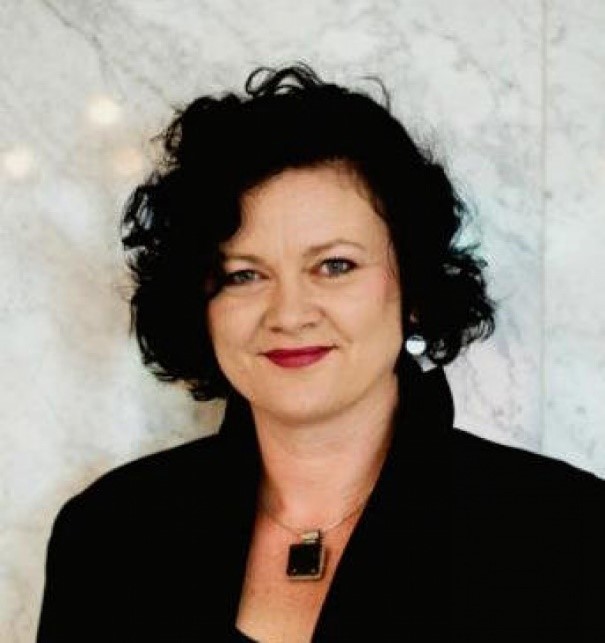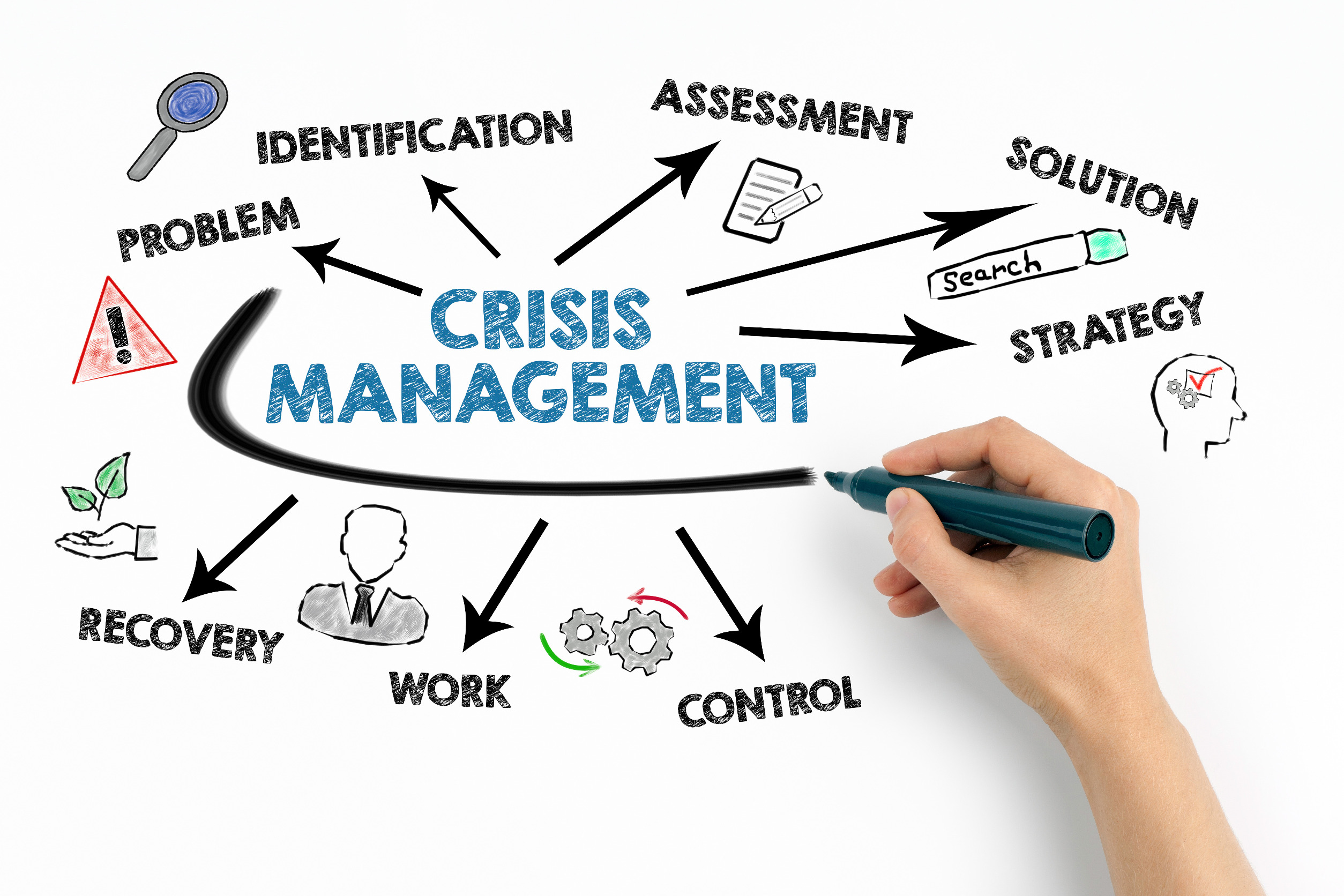Theresa Moulton, Editor-in-Chief of Change Management Review, recently spoke with Dr Jennifer Frahm, founder of Conversations of Change. Dr Frahm reveals how to effectively integrate social media with organizational change management initiatives – what works, what doesn’t, and what potential pitfalls to avoid.
Why does it make sense to leverage social media in an organizational change management initiative?
When I’m thinking about social media, I’m thinking about all communication platforms which give people the opportunity to comment without barriers. So their comments become apparent immediately and it gives people the opportunity to share content. Not just LinkedIn, Facebook, Pinterest, and Twitter – but also Gamma, Jive, Slack, Yammer, and any number of proprietary platforms.
Think about social media as a platform through which we create change because what we’re doing is we’re using that platform to engage in dialogue, rather just another channel to push out information. You’ve got a wonderful opportunity to listen to conversations within the organization. It’s better than surveys because you’ll be seeing very rarely the emotional responses about topics.
You’ve said that change management practitioners can be “stalkers” in the organization – listening rather than talking. Can you expound on this?
You can host dialogues about topics. It can be at any stage of the change; it could be at the beginning of the change, when you want to come up with the idea. It can be mid-flight, when you want to track how you progressing on it. You can create groups that attract people who are interested in your change, and they know they can come to your space as a single source of truth.
Now here’s the magic: employees will ask a CEO a question that they would never dream of emailing them and it’s just one of weirdest things you will ever see. They will ask a question without filter and they will ask the question without consideration of you know any of the things they might think about when raising it in a formal way. What’s interesting is that most leaders that I work with don’t take offense to it. They see it more as being in a pub or a bar or a café, this employee would ask it in the same way so in the social space, there’s safety to task things that are done in an unfiltered kind of way.
Why do some change management practitioners shy away from social media?
Many change practitioners don’t use it because they’re scared they will lose control that people will talk about things that they’re not ready to talk about yet. That people will ask questions that they can’t answer yet, but that people will pass judgment publicly about the change and instead of recognizing that as a real gift, you’ve just been given access to a conversation that was going to go on anyway. But you weren’t actually involved in it, now you have access to that conversation, and you can bring people who are really influential into that conversation.
Also, a lot of change practitioners also are uncomfortable with saying “I don’t know”; they feel that their role is about having perfect information. And so on social media, often you’ll get asked a question for which you don’t have the answer for at that time.
How does content curation play a role in social media for change management?
When we think of our role as content curators, we think about, how we move it forward. We can rely on Garver’s Five Elements – aggregation, distillation, elevation, mashup, and chronology. The first is aggregation, the idea that your role is to curate the most relevant information about a particular change in a single location. Second is distillation – from a change perspective, pulling out the most simple and important messages within the change. The third is elevation. We can elevate the “bright spots” in social media so people can see what we’re trying to achieve.
The fourth element is mash-ups, which are curated juxtapositions where content merged to create a new point of view. This is interesting for getting people’s attention. You can really use content as representative of behavior we don’t want to support or behaviors we do want to support. Finally, there’s chronology, where you can pair content with historical information and connect the dots.
What is some cautionary advice that you’d provide about using social media as part of your organizational change management approach?
Be authentic and transparent, if you’re asked a question you don’t know just acknowledge that, find out, and reply. Build your relationships first; you don’t walk into a bar or café and bellow “listen to me”, that’s not how it works. As far as any change initiative, remember that once you’re in, you’re got to hang in there, and ride it out. It’s always the negative space that communicates something that we don’t intend, so be prepared for that.
Jennifer Frahm, founder of Conversations of Change, is an experienced change manager, communications professional, speaker, author, coach and facilitator. She has worked across multiple industries and her change projects have included culture change, process change, legislative change, mergers and acquisitions and technology / systems change. You can connect with her directly on LinkedIn and Twitter.

























